Halloween!! It's time for the ghosts, goblins, and monsters to have their day in the limelight. You don't really have to go far to see some frightening sights. Heck, just turn on the TV news. The politicians who thrive on invoking fear and spreading misinformation are scary enough to make me want to run and hide under the nearest rock.
I'd rather hang out with the bugs. They go about their business, creeping, crawling, buzzing, flittering, or hopping around just trying to survive. They come in all shapes and sizes and specialize in particular jobs. They're amazing to watch.
Through my observations, I've concluded that Mother Nature is not only a masterful creator but also must have a sense of humor. She's designed some unique creatures that are downright mind-boggling. A few will trigger an "Ewww" response when you see them and make you want to walk away very quickly.
Others can scare the bejeebers out of you, give you a painful bite or sting, or just ruin your day in some way.
Here are a few creatures I prefer not to come across on a dark and stormy night… or for that matter, in broad daylight:
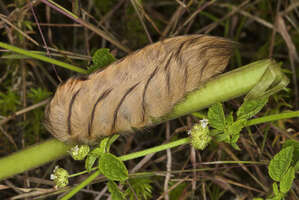
A Puss Caterpillar (Southern Flannel moth) may look like a soft, furry, cute little thing, but toxic bristles are hidden beneath that fluffy hair. The sting of the caterpillar causes severe pain that radiates throughout the body.
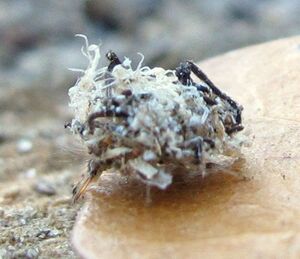
A junk bug disguises itself by carrying the carcasses of bugs it has killed and eaten. This camouflage prevents birds and ants from snatching them up as a quick meal. These tiny bugs feed on aphids and the eggs of other bugs. Junk bugs are the voracious larvae of the green lacewing.
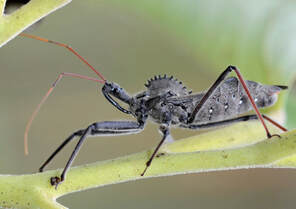
Assassin bugs won't kill you, but their bite is terribly painful. If you see a wheel-shaped varmint approaching you, go the other way. Please don't kill them, though. They prey on invasive species such as Japanese beetles.
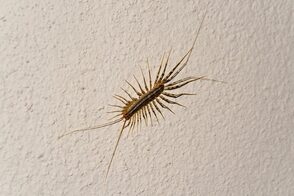
We've all seen them climbing the walls, scurrying across the countertop, or hiding behind the curtain. These home centipedes are beneficial predators ridding us of pests, but they do tend to creep people out. They won't hurt you unless you try to pick one up. Then, they might give you a bite.
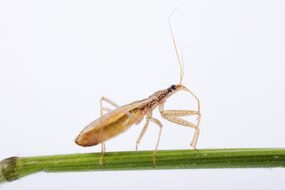
A damsel bug doesn't look scary, but it will give you a nasty bite if you mess with it. Leave the little guy alone; he'll help keep down the aphids and other pests.
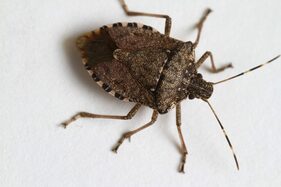
There are over 200 species of stink bugs in the U.S. None of them are poisonous, but they live up to their name when threatened. They emit a smelly vapor that will make you do a 180 and get away. The brown marmorated stink bug is a widespread invasive species.
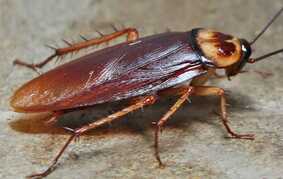
More creepy bugs are out there, but that's enough for now. I hope I didn't spoil your day.
Be safe this Halloween, and be mindful of all creatures crossing your path. Halloween is a fun and sometimes spooky time for the whole family. But it's also a time to appreciate the fascinating and complex creatures that share this world with us. From insects to bats, owls, crows, and snakes, these "scary" creatures pose no real threat to humans, and many suffer from habitat loss, pollution, and more.
If you want to keep Halloween safe for you and all the other creatures out there:
- Use a flashlight and be mindful of the environment around you. You never know what kind of critter is sharing the same space.
- Keep candy where animals won't find it. Also, be sure to dispose of candy wrappers properly to avoid littering or creating a choking hazard for an animal.
- Birds and bats can get tangled in fake spider webs. Use these decorations where wildlife won't be flying through.
- Be alert for nocturnal wildlife while trick-or-treating.
- When you are ready to dispose of your Jack-o-Lantern, toss it outside for the creatures to eat. They love raw pumpkin, and it's good for them. Please leave it in a wooded area for wildlife or give it to a farmer to feed his animals.

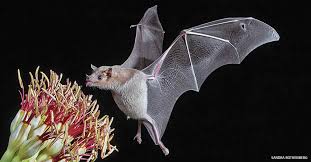
 RSS Feed
RSS Feed

